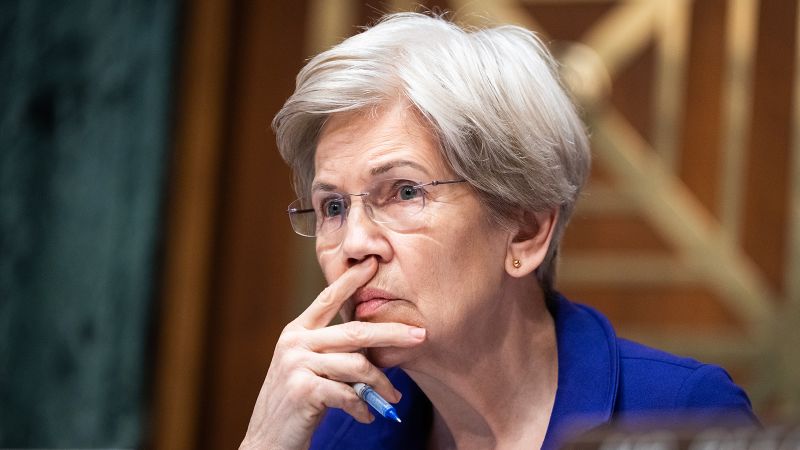Open Enrollment to Bite as Health Insurance Costs Surge

Open enrollment for employer-sponsored health insurance is set to become more expensive, with employees facing increases of between 6% to 7% in their premiums for 2026. This rise significantly outpaces the current rate of inflation, which has hovered around 2.9% in recent months. According to a new analysis by the consulting firm Mercer, employees could see deductions of approximately $2,400 for single coverage within a preferred provider organization (PPO), while family coverage could average $8,900 annually.
With about 60% of working-age Americans—approximately 164.7 million people—relying on employer-provided health insurance, the financial implications of these increases are significant. Employers, who historically cover the majority of health insurance costs, are projected to spend more than $18,000 per employee in 2026, as noted by Mercer in an interview with CBS News.
Rising Costs Driven by Multiple Factors
The escalation in health insurance costs can be attributed to several factors, including an aging workforce that requires more medical attention and increased demand for expensive treatments. Sunit Patel, Chief Actuary at Mercer, highlighted that treatments such as GLP-1 medications, which are used for weight loss, have added to the financial strain.
Furthermore, employees may also experience heightened cost-sharing measures. Beth Umland, Director of Research for Health and Benefits at Mercer, indicated that many may face increased co-pays and higher deductibles. This dual impact means employees could feel the financial burden from both their premiums and out-of-pocket expenses.
As open enrollment approaches, employees will soon discover their new costs, which typically become available in the fall and can vary by employer. Patel emphasized that health care prices are unlikely to stabilize in the near future due to persistent pressures from rising provider wages and inflation in medical goods.
Financial Squeeze Amidst Broader Economic Challenges
The situation is compounded by the ongoing financial pressures felt by American households. Rising costs of everyday essentials such as groceries and housing continue to burden many families. A report from the Peter G. Peterson Foundation in August revealed that Americans pay nearly double what residents in other developed nations spend on health care, despite inferior health outcomes.
The complexity of the U.S. health care system, alongside increasing consolidation among health insurers, has made the market less competitive, further driving up costs. Lindsay Owens, Executive Director of the Groundwork Collaborative, commented on the potential for families to make difficult choices, stating, “You can’t really go without health care, so something else will have to give.” Households may find themselves cutting back on vacations, entertainment, or even relying on credit cards to manage health care premiums.
In September, the Consumer Price Index, a key indicator of inflation, is expected to show an annual increase of 3.1%, a slight rise from August’s 2.9% figure. The official inflation data will be released on October 24, providing further insight into the economic landscape.
As employees prepare for open enrollment, the anticipated increases in health insurance costs indicate a challenging year ahead, with families needing to navigate their financial planning carefully amidst rising healthcare expenses.






